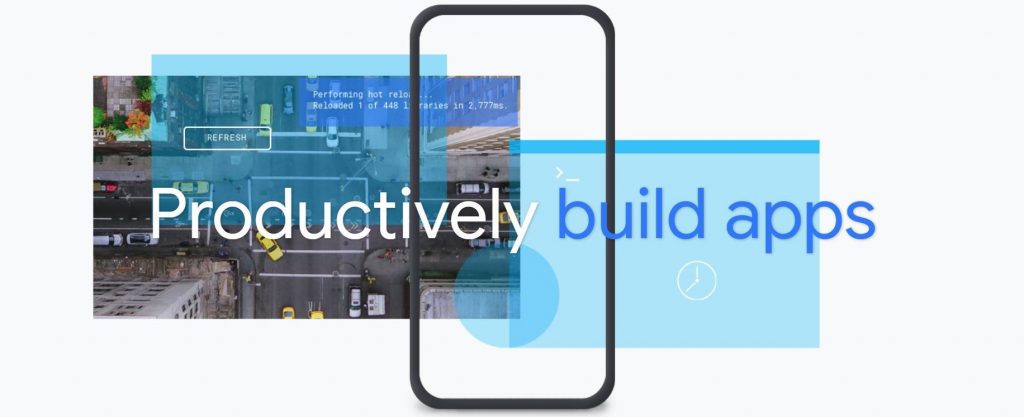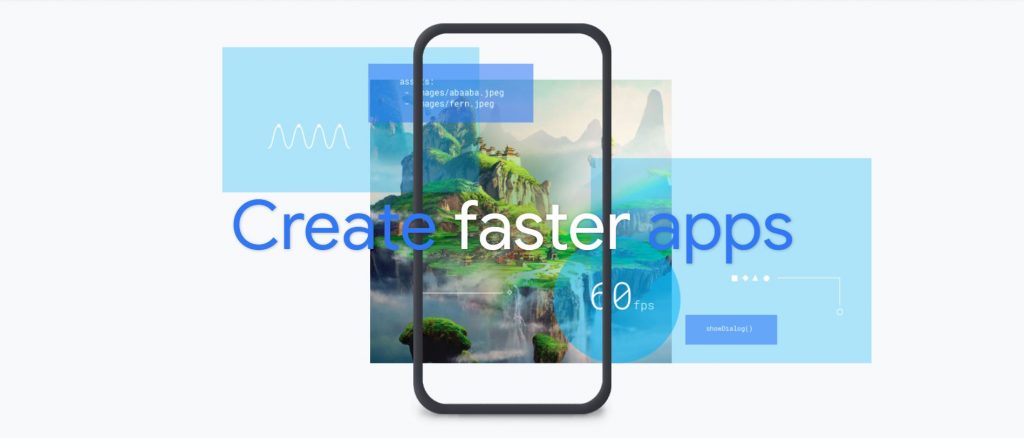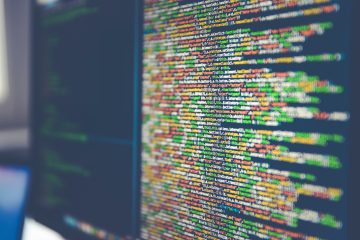
Flutter allows you to build beautiful native apps on iOS and Android from a single codebase.
We all know that the mobile world is ruled by two giants – iOS and Android. However, it was very hard to maintain consistency, resource management, and time efficiency by developing separate applications for iOS and Android. So, developers began thinking about the possibilities of a cross-platform ecosystem. Today, there are plenty of cross-platform options in the market.
Some of them are:
- React Native – Facebook-owned Cross-platform
- Xamarin – Microsoft-owned Cross-platform
- Ionic – Independent Cross-platform
- PhoneGap – Adobe-owned Cross-platform
- Flutter – Google-owned Cross-platform

All the above cross-platforms have their own advantages and disadvantages. Here, we’ll discuss how and why Flutter wins over the other platforms.
“Flutter is an Open Source SDK developed by Google to build iOS and Android applications at the same time.”
Surprise! Flutter is not a language, it is an SDK. The language used in Flutter is actually Dart.
OK, but why Flutter?

- Performance
Rather than creating a wrapper on the overlay of native(iOS/ Android), it creates its own native UI, using its C++ 2D library called “SKIA”. This allows for faster compilation and lends a native look to the app.
- UI Components are Widget-based
In Flutter, Google introduced a new approach to UI components. All components are widget-based. Google provides a wide range of widgets that can build beautiful applications in a hassle-free manner.
- Hot Reload
Just like React Native, users can reload the frame without compiling the code. This reduces the time taken for compilation and testing of changes.
- Platform-based Code
Users can make a specific design as per the platform. So, you can create apps that look and feel as per Android and iOS standards.
- Extensible with third-party libraries
Even though it is a small community today, there are quite a few third-party plugins and widgets available for Flutter, making development easy and hassle-free.
- Dart Language
Dart is a modern language developed by Google in 2011. It is easy to pick up, and includes all the concepts of Java and C++. Using Dart, users can avoid JavaScript bridging and provide a native look and feel.
Cons of Flutter:
Flutter is not without its cons. And this discussion would be incomplete without mentioning its drawbacks –
- Stability
Flutter is still in release and development mode. So, there is an area for improvement with regard to its stability.
- Lack of third-party plugins
The Flutter community is still small, and as mentioned, the lack of third-party plugins causes room for issues.
- Size
Flutter apps are bigger in size (by more than 50%), as compared to native iOS/ Android apps.
- Native Feature Support
As it is still in the development stage, Flutter lacks support features such as Bluetooth and Camera. For these features, developers must create separate codes for iOS and Android.
Conclusion
Flutter is still its development phase. But in the coming years, it has the potential to lead the mobility platform. With the advent of OS platforms such as Fuchsia, the market share of Flutter will dramatically increase.
Flutter is free, get started here.


